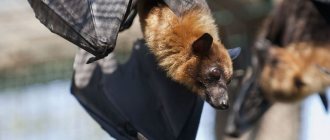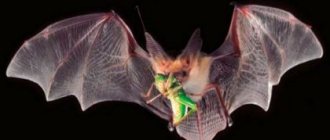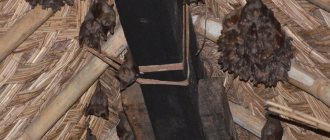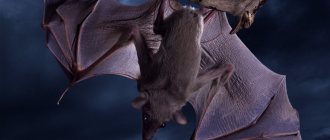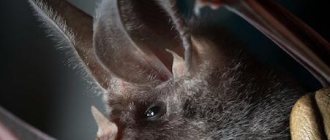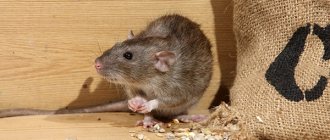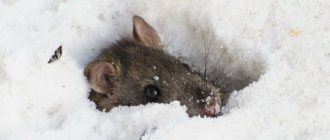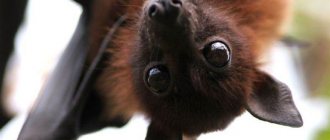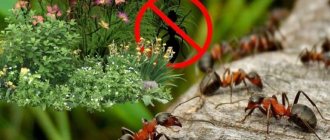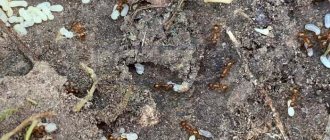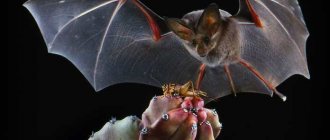Ecosystem protection has become an issue of great importance for human survival in recent years. Scientists from around the world say the extinction of some species of insects and animals, such as bees and bats, could threaten global food production. Much has already been written about the importance of bees in the ecosystem, but only a limited number of people realize that bats also play a significant role in the reproduction of plants and the preservation of the world's ecosystem. We decided to tell you what benefits bats bring to the environment and why it is so important for us to protect this species from extinction.
Like bees, bats also pollinate plants.
Bees, through the pollen they spread among flowers, account for approximately one-third of the world's pollination and contribute to the growth of fruits and seeds that feed humans and many animal species. However, according to 2018 research by Mexico's National Commission for the Protection of Natural Areas (CONANP) and the American Society for Bat Research (NASBR), bats are also specialized pollinators. The fact is that these flying mammals feed on nectar, and thus have direct contact with the reproductive parts of flowers.
Pisces are istihyphobes, Aquarius is claustrophobic: what phobias threaten the zodiac signs
Why 2022 will be better 2022: astrologers explained what we can expect
Chinese hotel with windows overlooking an enclosure with polar bears: photo
Ways to drive away animals
Regardless of whether you are faced with a single uninvited guest or are trying to conquer your own attic from bats, do not forget that these animals can be listed in the Red Book. Therefore, chemical or folk poisons have no place here. You must create such conditions so that the “guests” fly out of the apartment on their own.
Random guest
If you encounter a flying animal in your room, do not panic. The random guest is very confused herself. Finding herself in an unfamiliar environment, she will try to find a way out. And you need to help her a little. Follow three steps to remove a bat from your home.
- Clear the room. Remove children and pets from the room.
- Open the window. Turn on bright lights in the room, pull back the curtains and open the windows wide.
- Leave the room. Close the door behind you, and you can safely return in five to ten minutes. The bat will fly out during this time.
Fighting a massive invasion
If you are dealing not with one individual, but with an entire colony, then you need to act differently. Only the “tenants” need to be evicted closer to autumn, when the females feed all the young. If you drive out mice in the summer, you will doom the kids to a painful death, and turn your balcony or attic into a real breeding ground for infection. Therefore, put up with rustling and squeaking at night. Get into the fight this fall with these four steps.
- Surveillance. At night, carefully monitor through which cracks and loopholes the bats get out.
- Examination. When the entire flock leaves the home, carefully inspect the room again so that not a single animal remains in it.
- Repair. Now carefully seal all holes, cracks, loopholes using fiberglass, metal gratings, and sealants.
- Cleaning. Complete the procedure with general cleaning of the room using white, Domestos.
Repellents
If the expulsion procedure does not end in victory, pay attention to numerous methods that can scare away uninvited guests. They allow you to get rid of bats forever, but do not harm endangered animals. Four drugs are most effective.
- Naphthalene. You can drive out mice using mothballs. Place the substance in bags and hang it in different places. The specific smell will completely repel the animals. It is necessary to change naphthalene periodically. It works as long as it continues to smell. Despite its high efficiency, the method can only be used in non-residential premises. Naphthalene vapors are dangerous to humans and pets.
- Water. A simple way to get rid of mice is to take a shower. Point the hose at surfaces that attract “guests” and spray them with cold water. This will get rid of bats, but, unfortunately, not forever. The animals will calmly return to their places as soon as you dry out the garage or shed.
- Aerosol 876 4-Pack Bat Repellent. If you prefer to fight with industrial means, then pay attention to this drug. It contains peppermint oil. When working with the spray, you must take special care so that, along with repelling mice, you do not provoke intoxication in yourself or your pets.
- Ultrasonic repeller. This is another method that allows you to drive away bats without harming them. Such devices emit special signals that humans cannot hear. But this sound is perfectly captured by the “guests”. They cannot put up with such discomfort, so they quickly leave your walls.
There are other, less effective methods. For example, a smoker. But be prepared for the fact that you will have to smoke for at least three to four days. Mice are afraid of light and fans. But you are unlikely to like this procedure. A roaring fan and a bright spotlight are not at all conducive to good sleep. And the amount charged for electricity consumption is unlikely to please anyone.
They actively distribute seeds over vast distances
According to research conducted by a team of scientists from the National Herbarium of Bolivia, some species of bats are large seed dispersers. These animals consume huge amounts of fruit and then disperse the seeds over long distances as they move. During the flight of mice, seeds are distributed, which helps restore certain areas of deforested forests. For this reason, scientists propose using flying mammals to quickly restore forests.
Did you know?
- Bats are the only mammals that can fly.
- The smallest bat is the bumblebee mouse from Thailand with a body length of 29–33 mm and a body weight of 2 grams.
- The largest representative of the order is the giant flying fox, which lives on the islands in the South Pacific Ocean. Its body length reaches 40 cm, and its weight is 1.1 kg.
- The Mexican bat is the fastest species of bat, flying at speeds of up to 160 km/h!
- Because bats eat masses of insects whose exoskeletons are made of chitin, their feces glow in the dark.
- Bats can eat up to 1,200 mosquitoes in an hour.
- Up to 70% of the pallid bat's diet consists of scorpions. They are immune to the stings of even the most poisonous scorpion!
- Guano is bat droppings. This is one of the most enriched fertilizers.
Bats are capable of controlling insect populations
According to a paper published by researchers from Mexico's National Commission for the Protection of Natural Areas, bats provide significant health and economic benefits because some species feed on harmful insects that can damage large agricultural areas and even carry diseases. Accordingly, the larger the bat population in a given region, the less pesticides can be used, which helps protect the environment.
“Wash twice”: the hairdresser named a common mistake when washing hair
What champignons look like that you shouldn’t eat: five signs of dangerous mushrooms
You can make original shelves from old belts and a couple of boards: an easy way
Unfortunately, many species of these beneficial animals have been harmed by human use of chemicals, causing their populations to plummet. Therefore, scientists from all over the world are sounding the alarm and asking for urgent measures to be taken to ensure the safety of these extremely useful animals.
They serve as indicators of the "environmental health" of the region in which they live
There is a huge variety of bat species with great adaptability to different habitat conditions. These animals are found in both tropical forests and arid mountains. Such abilities, according to scientists, may force bats to respond to changes in the environment and adjust their habits depending on the level of change that the ecosystem may be subject to.
For example, the method these animals use to build their nests. There is a false belief that all bats live only in caves or tree hollows. Some species of these flying mammals build a tent-like structure out of leaves and branches on trees, which may indicate the level of ecosystem change. That is, they use the resources available to them to build their shelters and thus survive in any habitat. For example, in the absence of trees in deforested areas, they may nest in holes.
Reproduction and raising of offspring
On average, baby bats become sexually mature at one year of age. They are ready to mate and procreate the very next year after birth.
Mating season
The mating season depends on the habitat of winged mammals.
Tropical varieties reproduce twice per season. Residents of temperate latitudes organize mating games in the fall before hibernation.
Duration of pregnancy and childbirth
After mating, the sperm “freeze” and remain throughout the winter. In early spring, they “awaken” and fertilize the egg. The timing of gestation depends on temperature and climate. The warmer it is, the faster the embryo will develop. On average, the duration of pregnancy is from 25 to 40 days.
Babies are born blind, deaf and naked. The weight of mice in some species does not exceed 1g.
The number of cubs in a litter is from 1 to three and depends on the species. For example, ordinary long-eared bats give birth to one baby at a time; leather bats or bats can give birth to 1 to 2 babies. And in litters of hairy tails there can be 3 mice.
Caring for the Cubs
After birth, babies feed on mother's milk and grow very quickly.
By the end of the first week, the weight of the pups doubles, and the body is completely covered with fur. In the second week, their eyes open and hearing appears.
Bats are caring mothers even when the babies grow up. take them with them hunting. The cubs cling to the mother's fur and accompany her on flights, but do not take part independently. Within a month they can hunt next to their mother’s nest.
Bats produce fertilizer
As we wrote above, mice are specialized plant pollinators and can distribute seeds throughout their habitat. However, in addition to the important function of reforestation, they simultaneously fertilize the soil along their entire flight path. The fact is that the feces of these useful animals contain huge amounts of nitrogen, phosphorus, and other nutrients, which, together with potassium, make up the basic formula of fertilizers.
Found a violation? Report content

